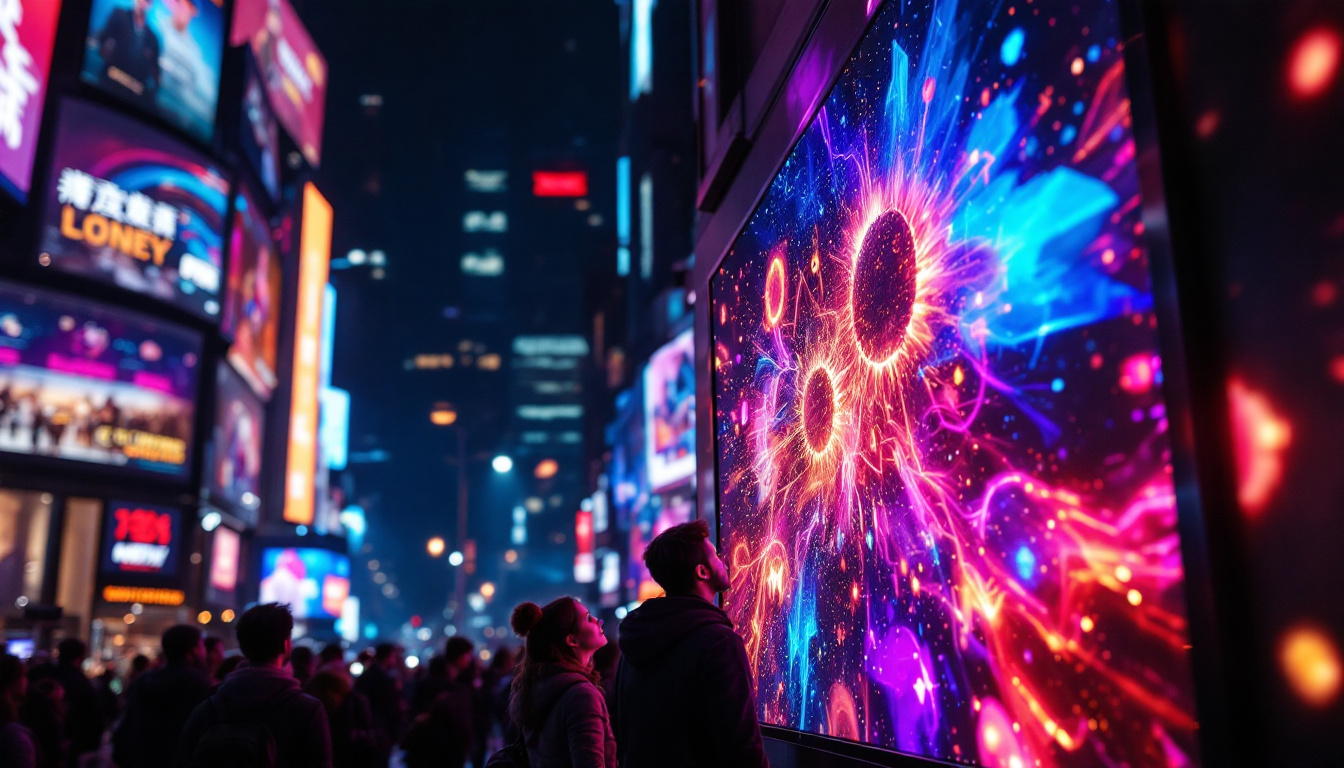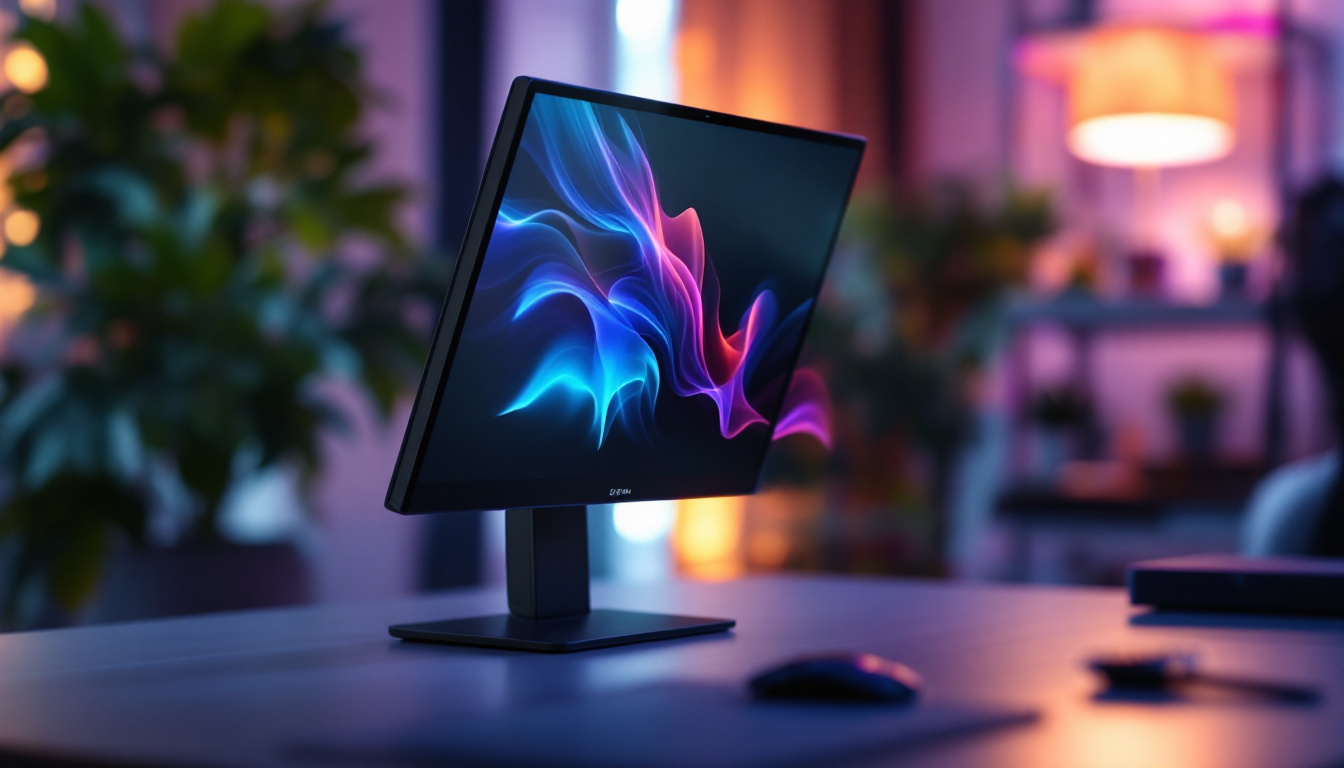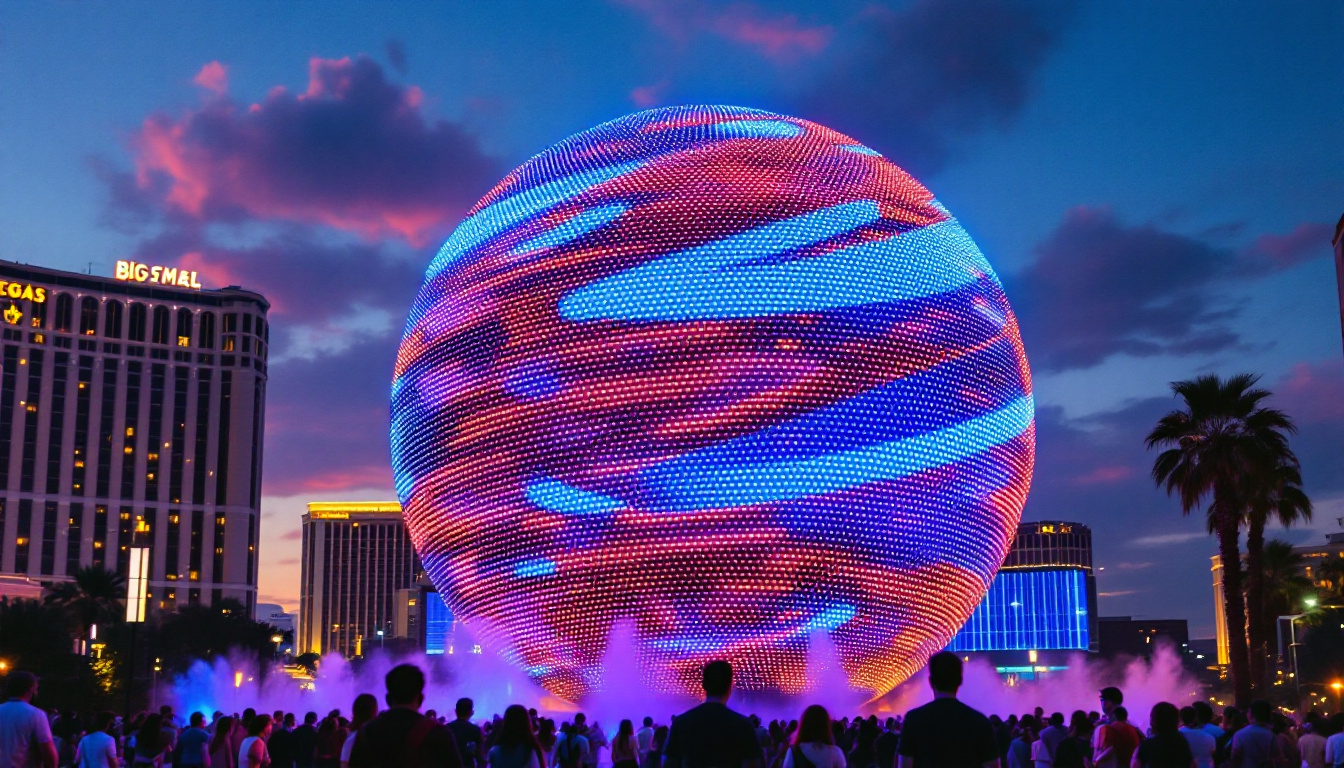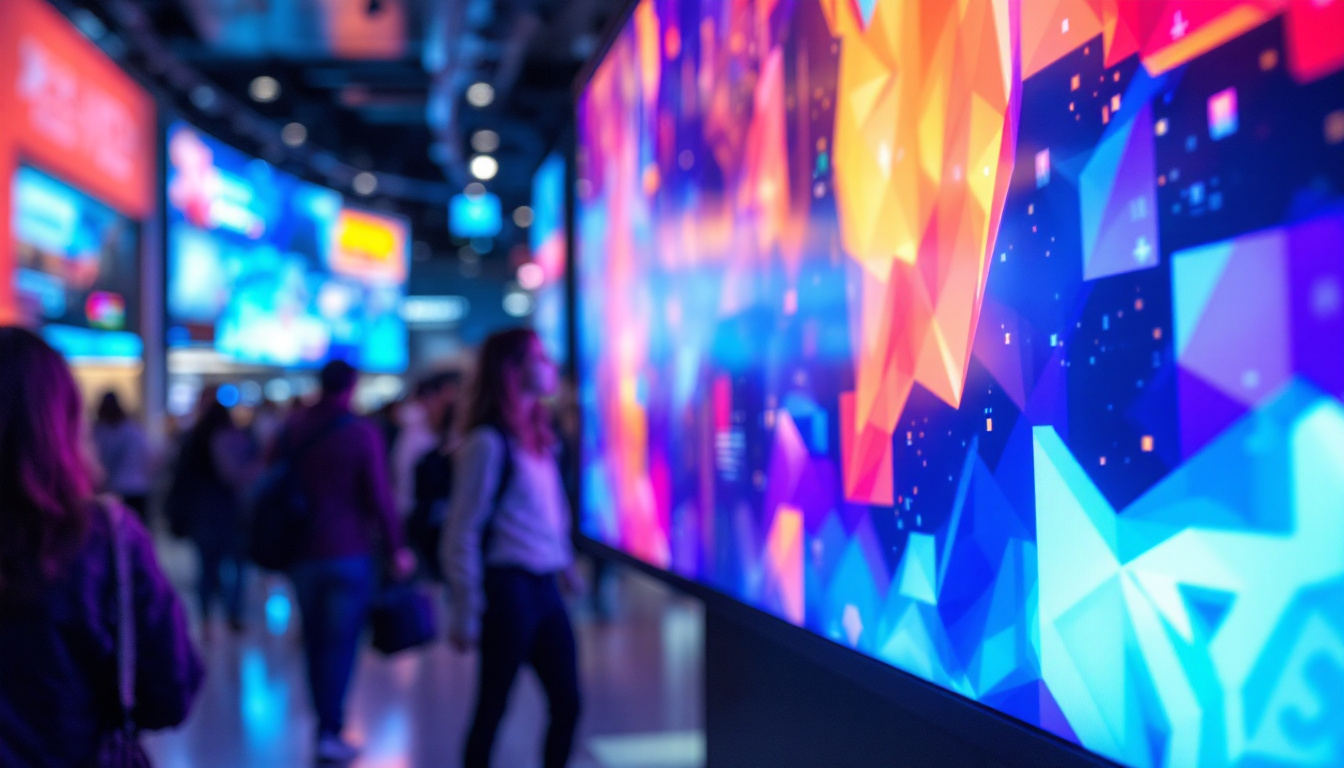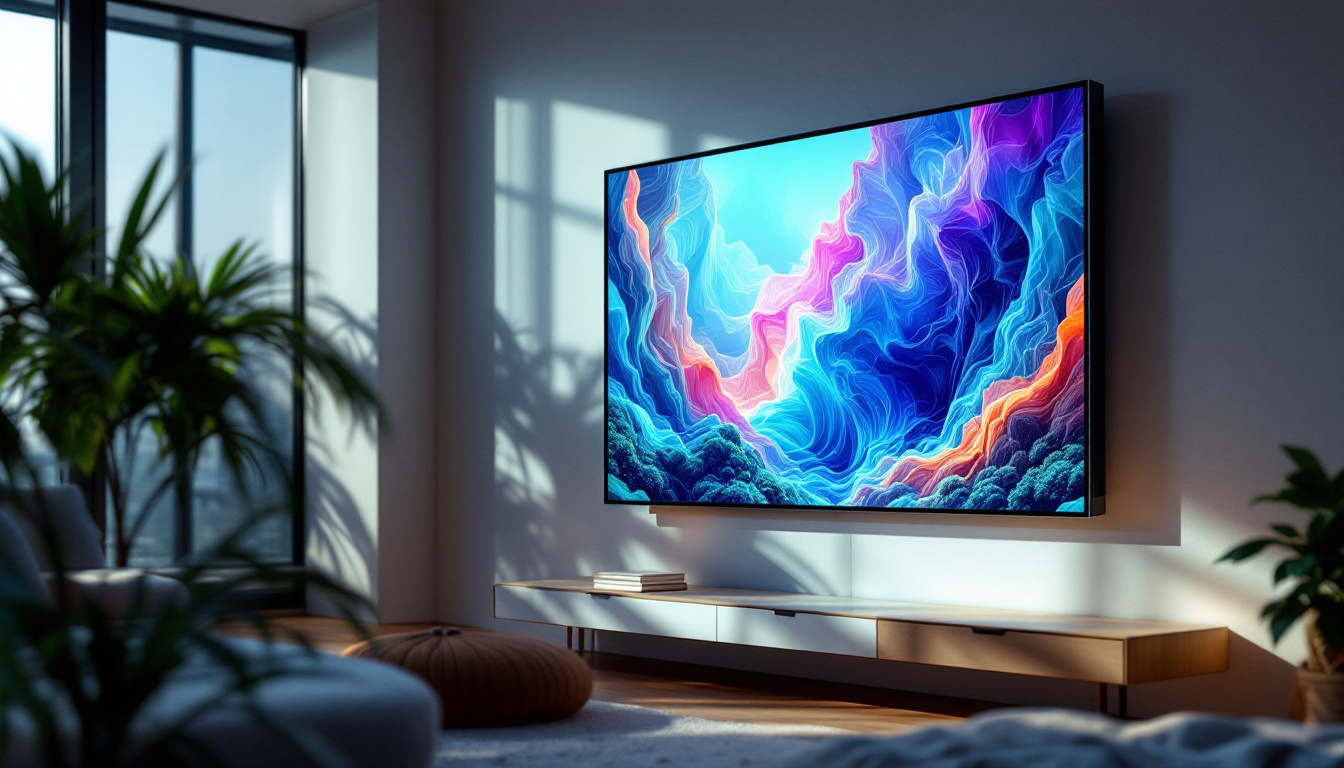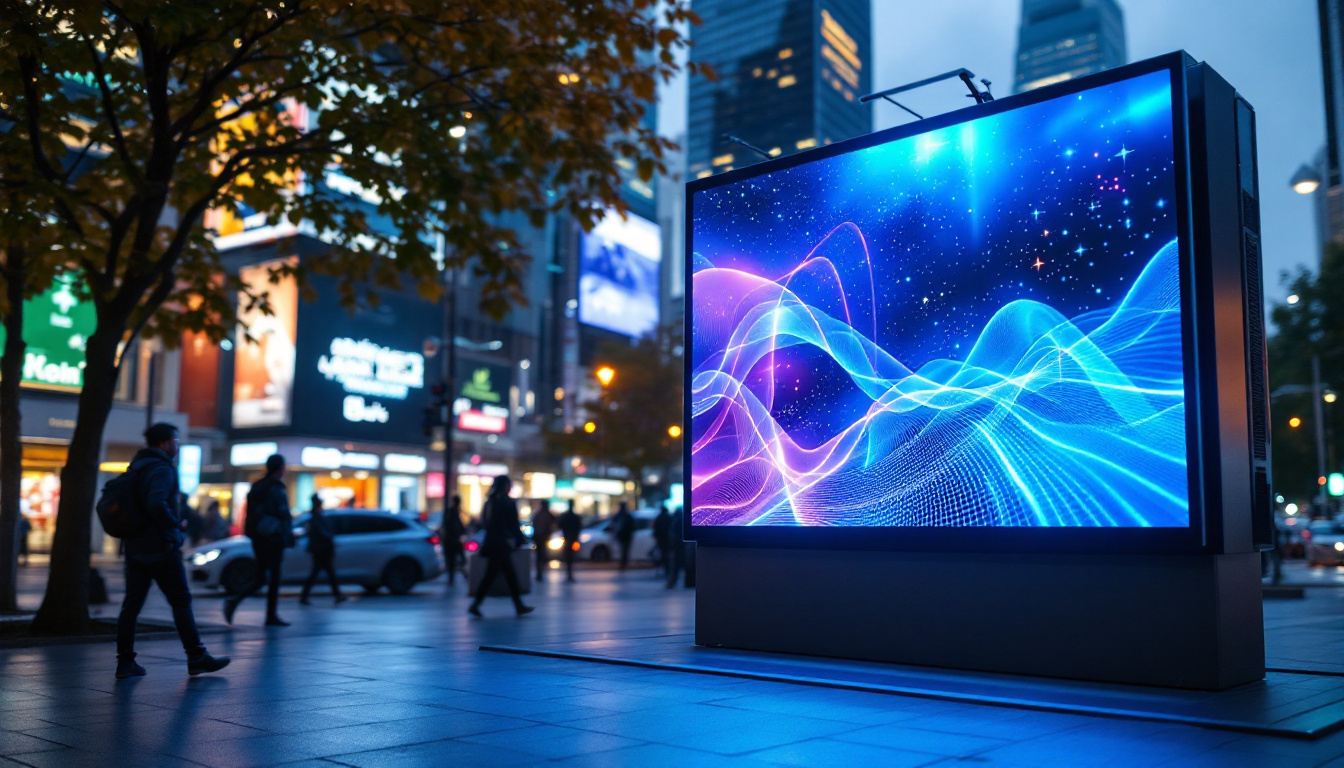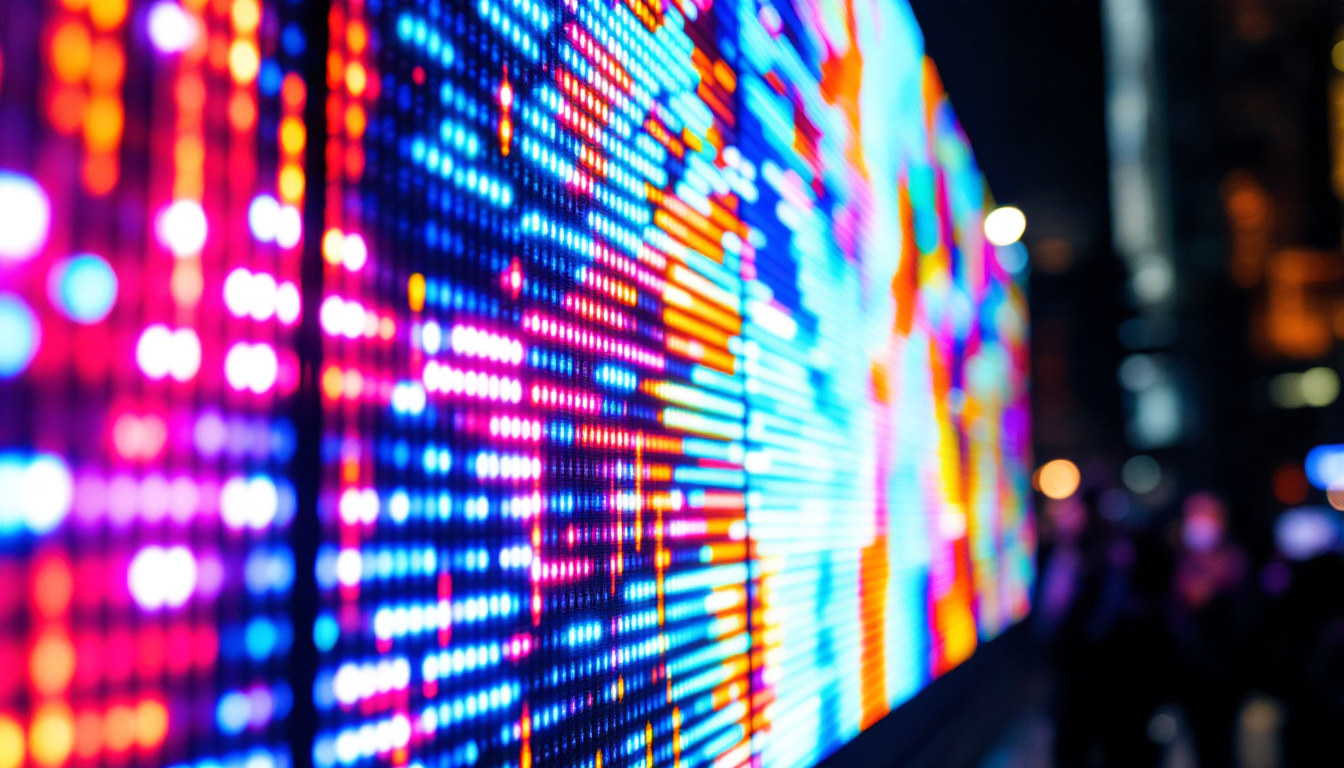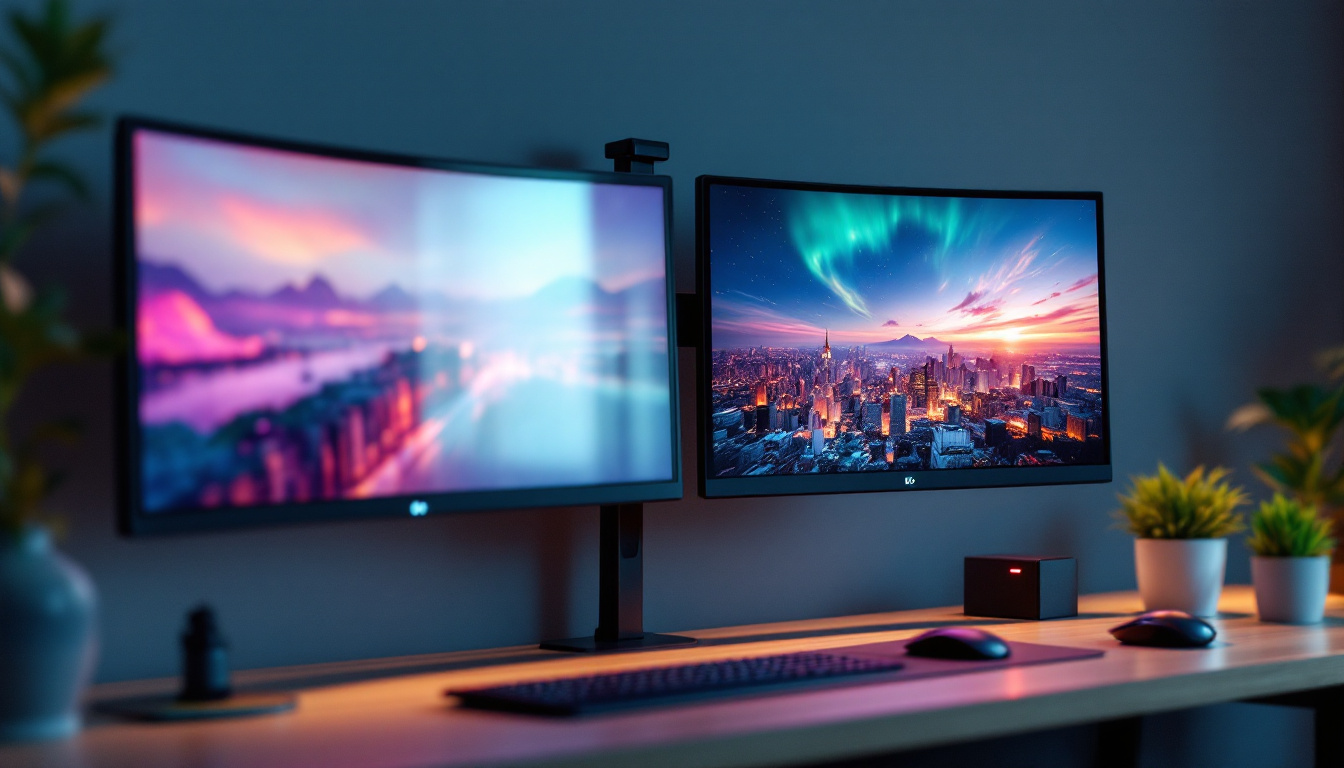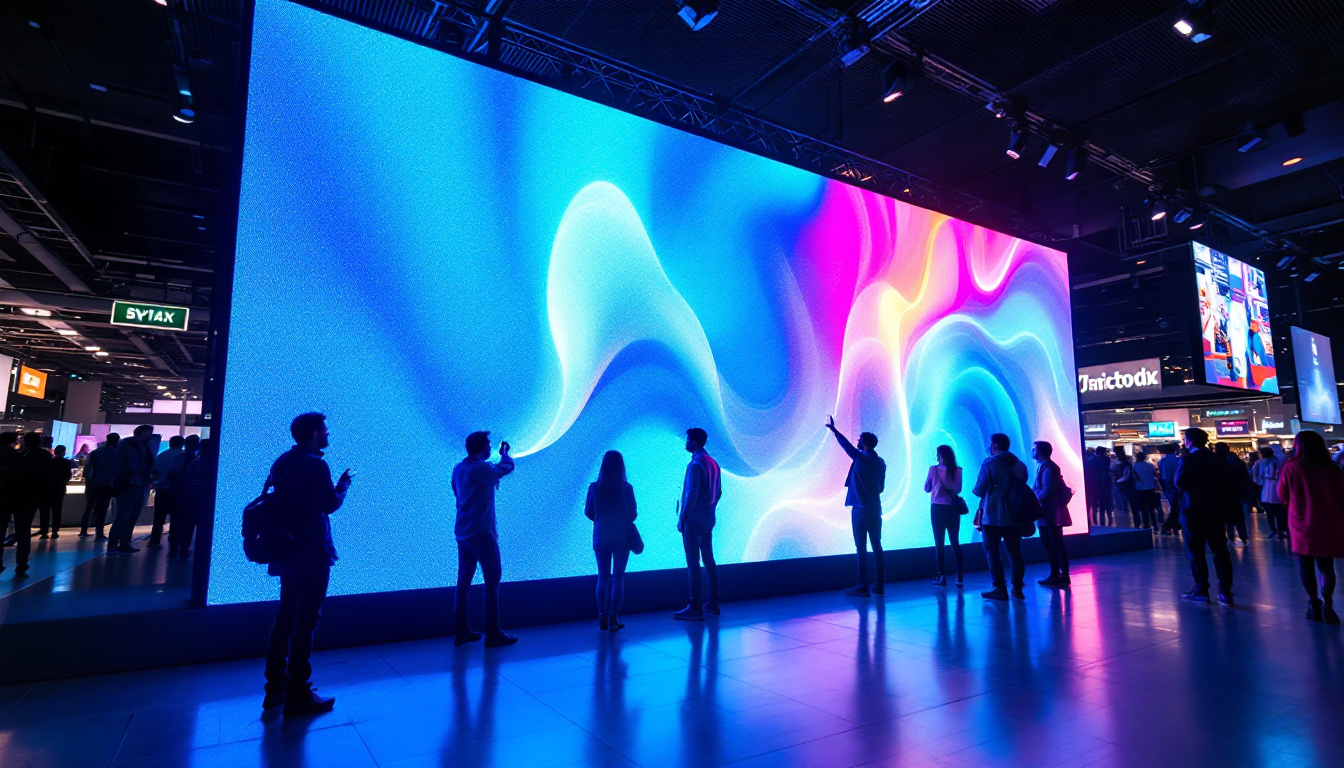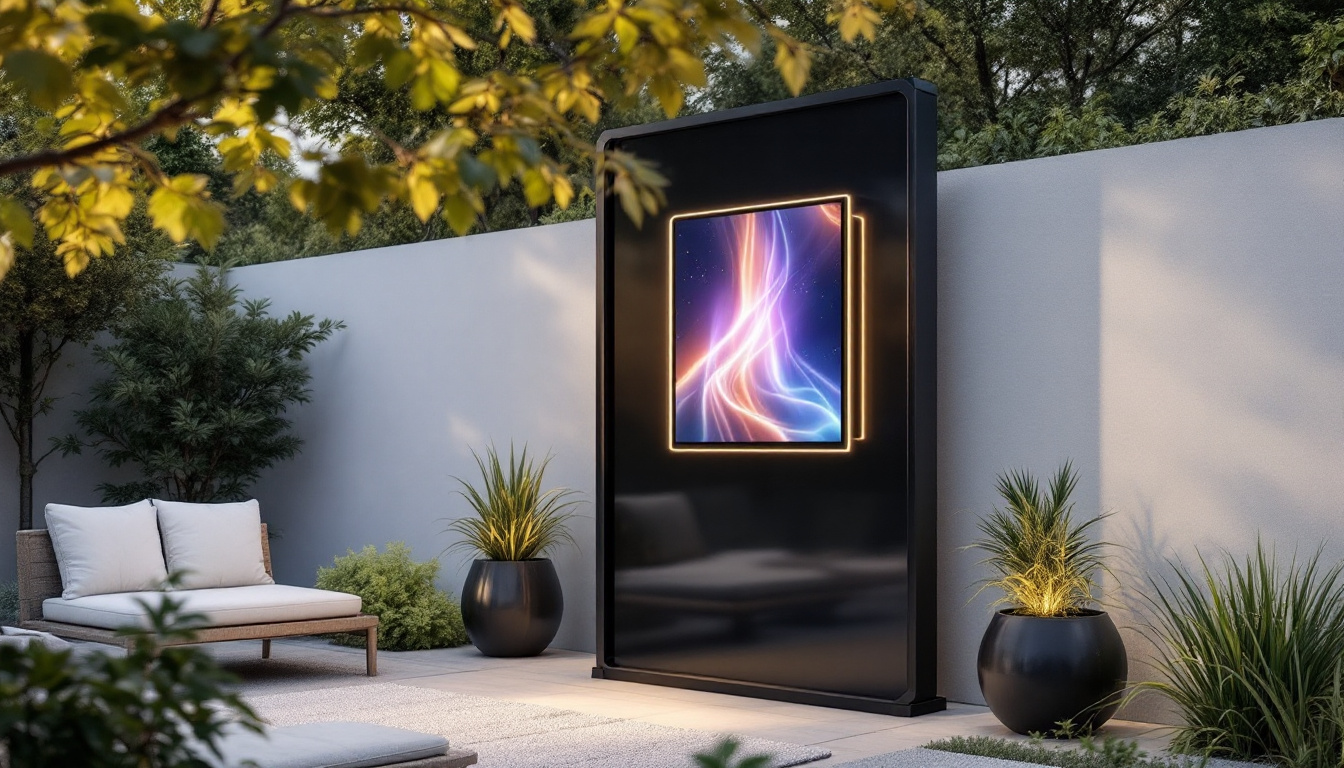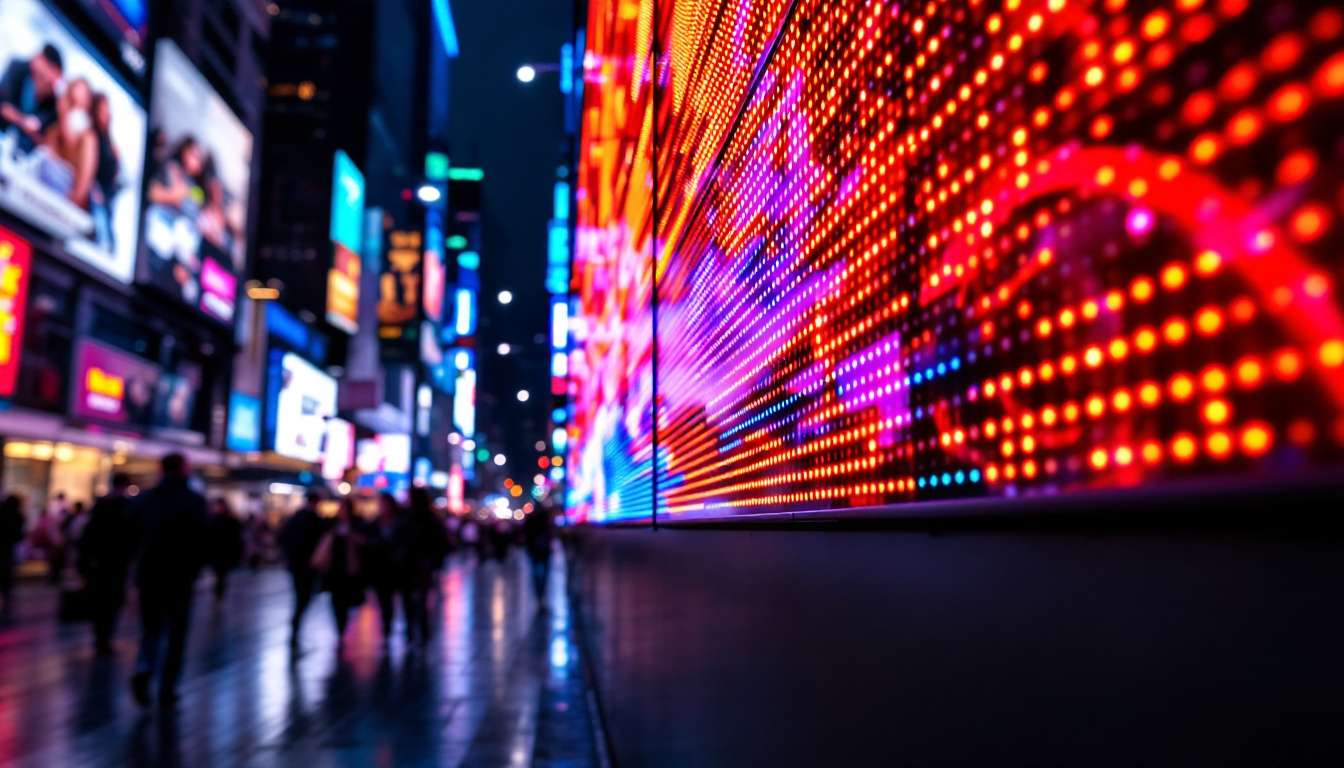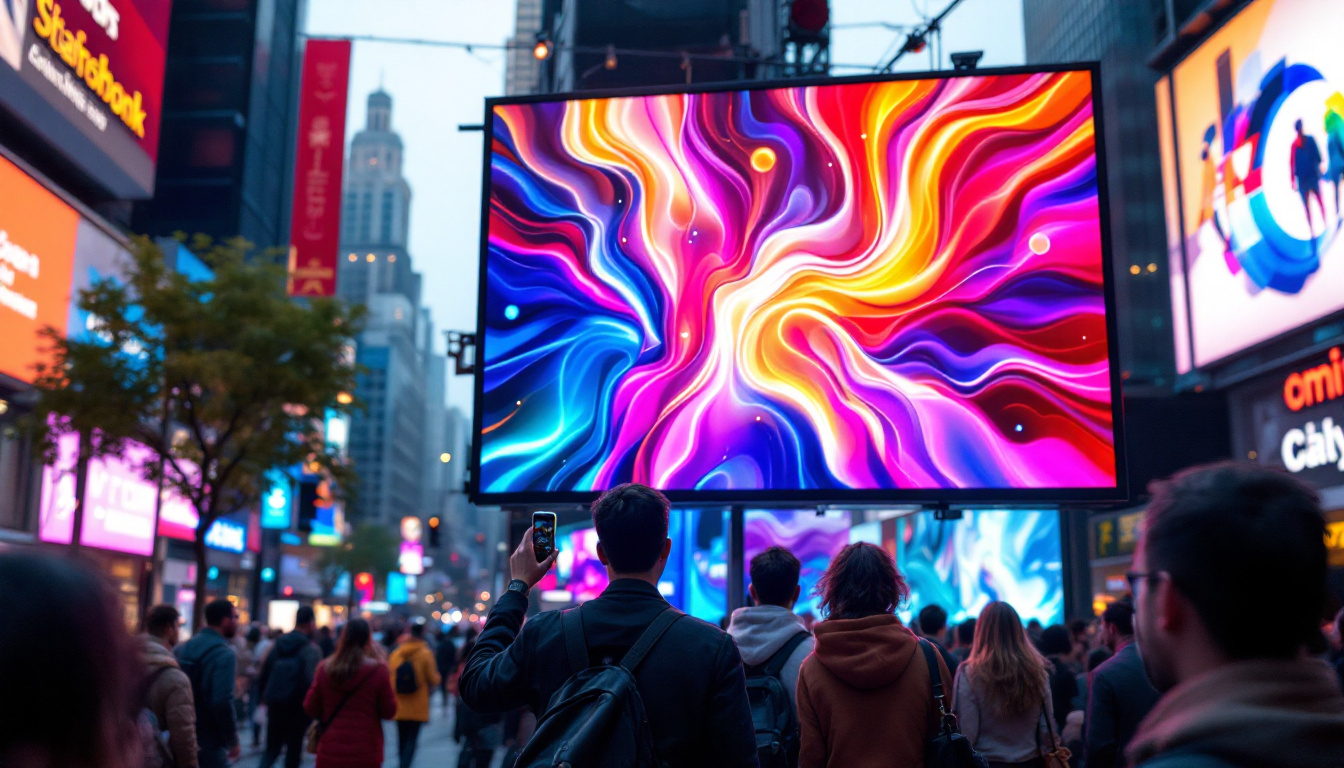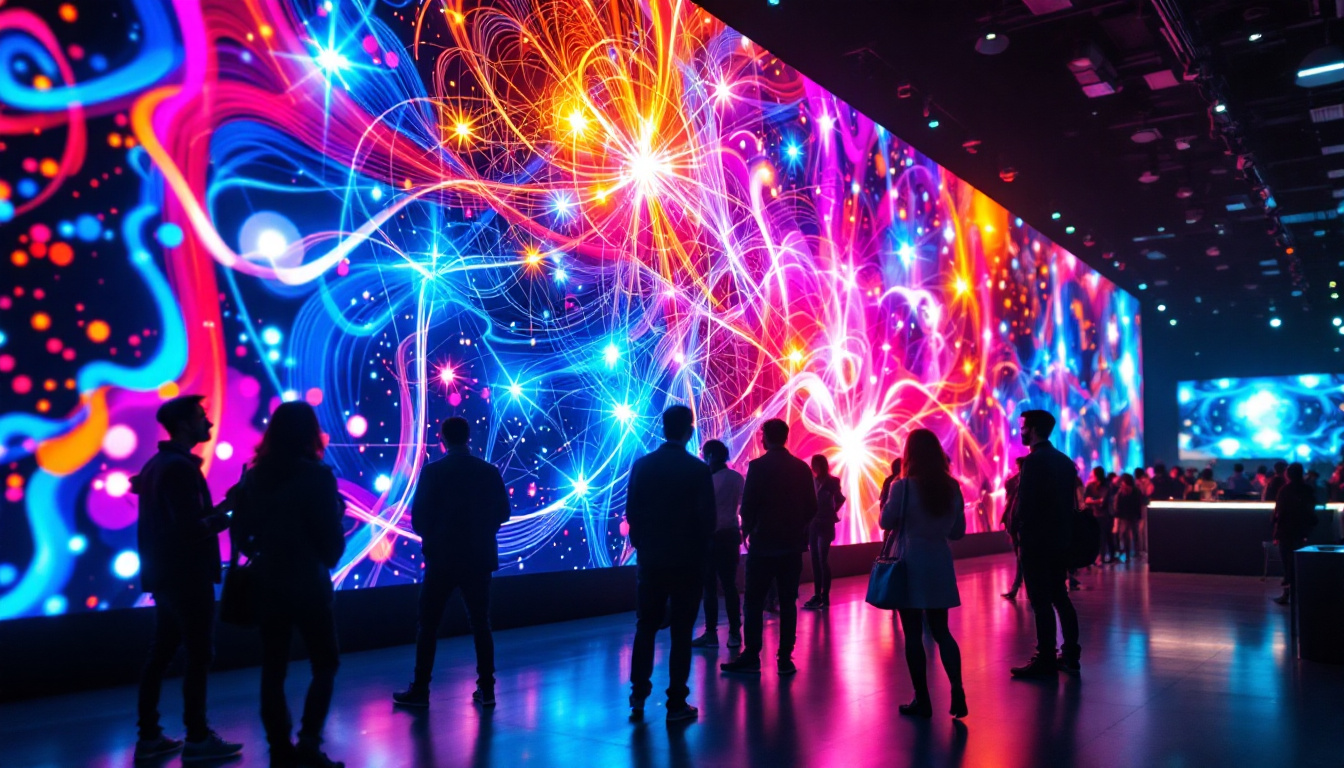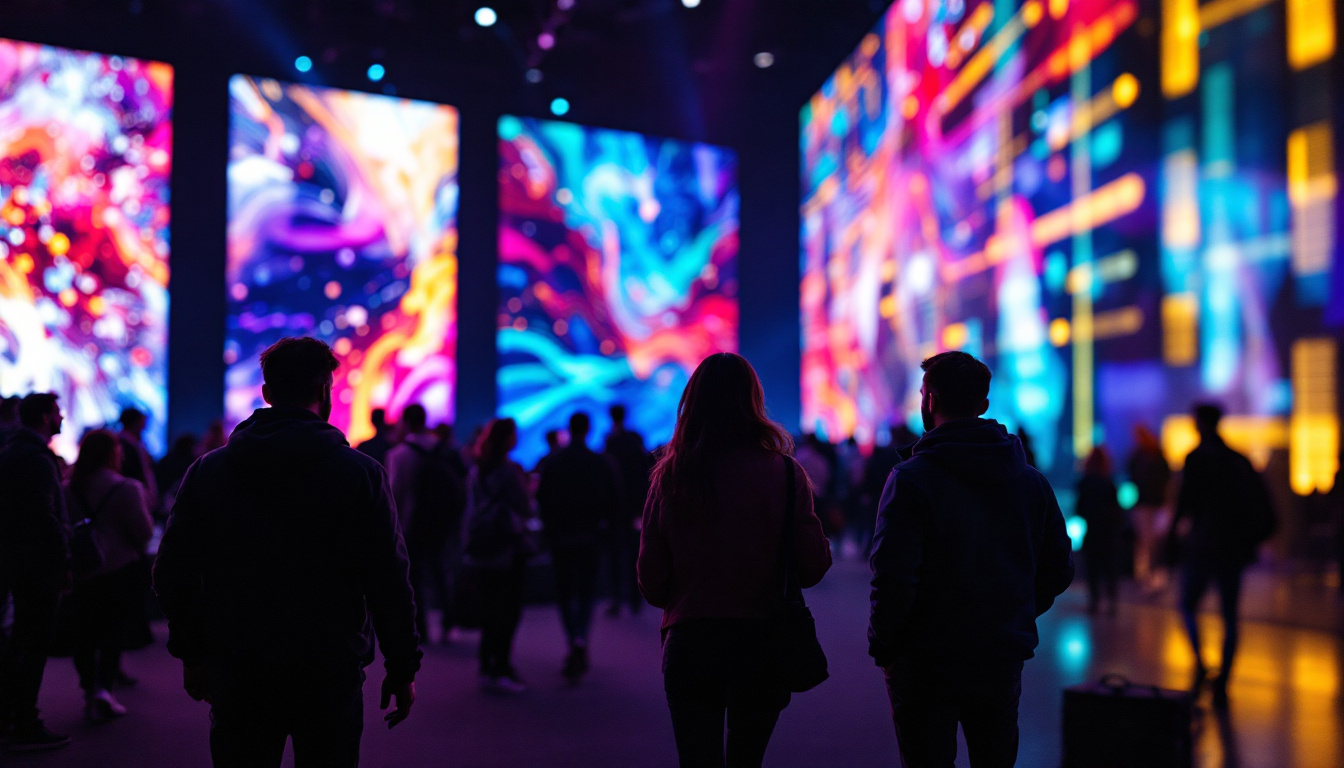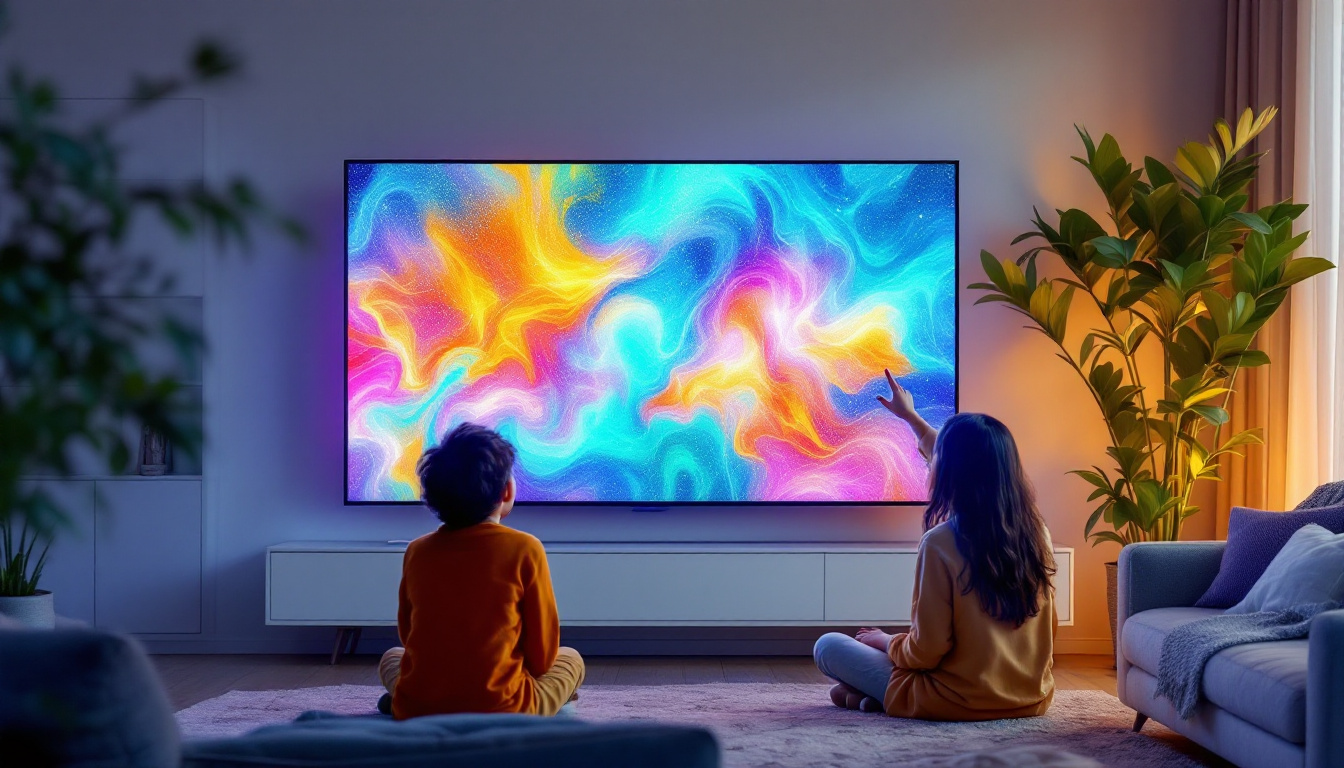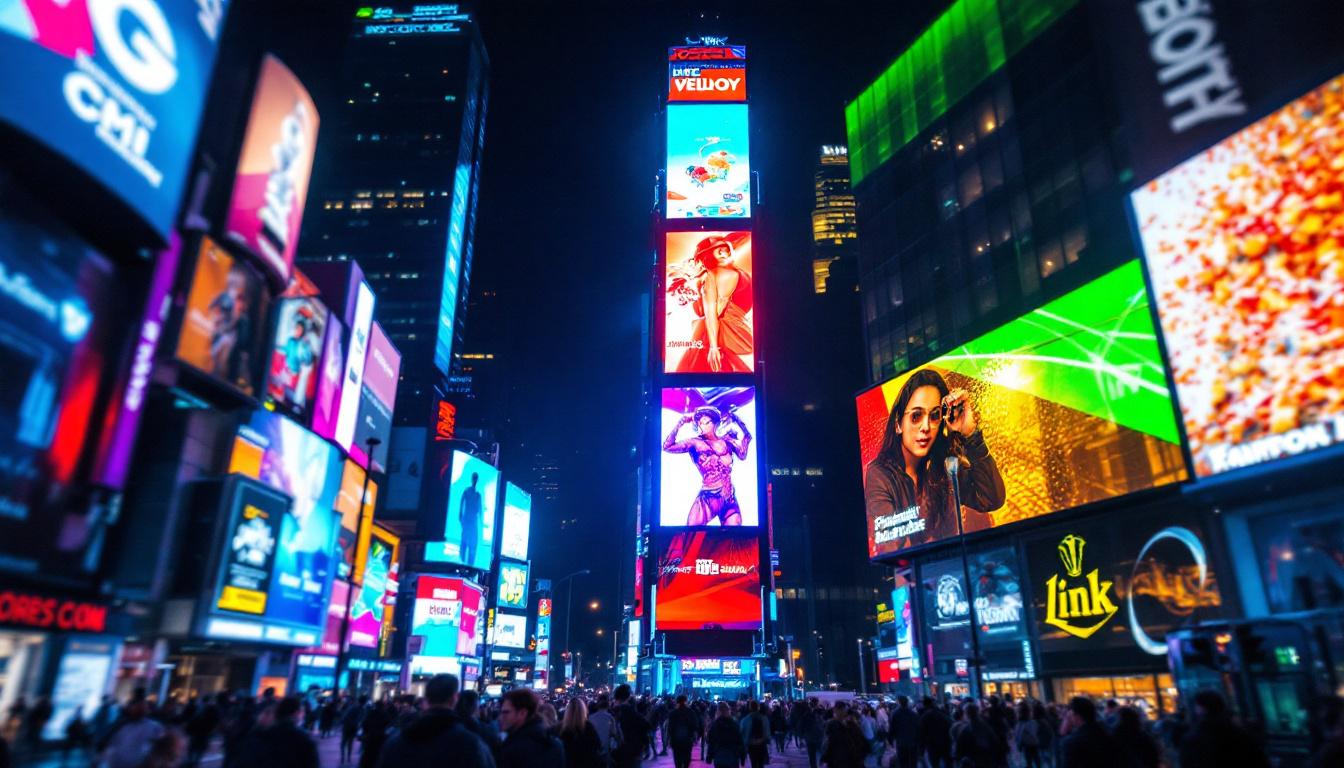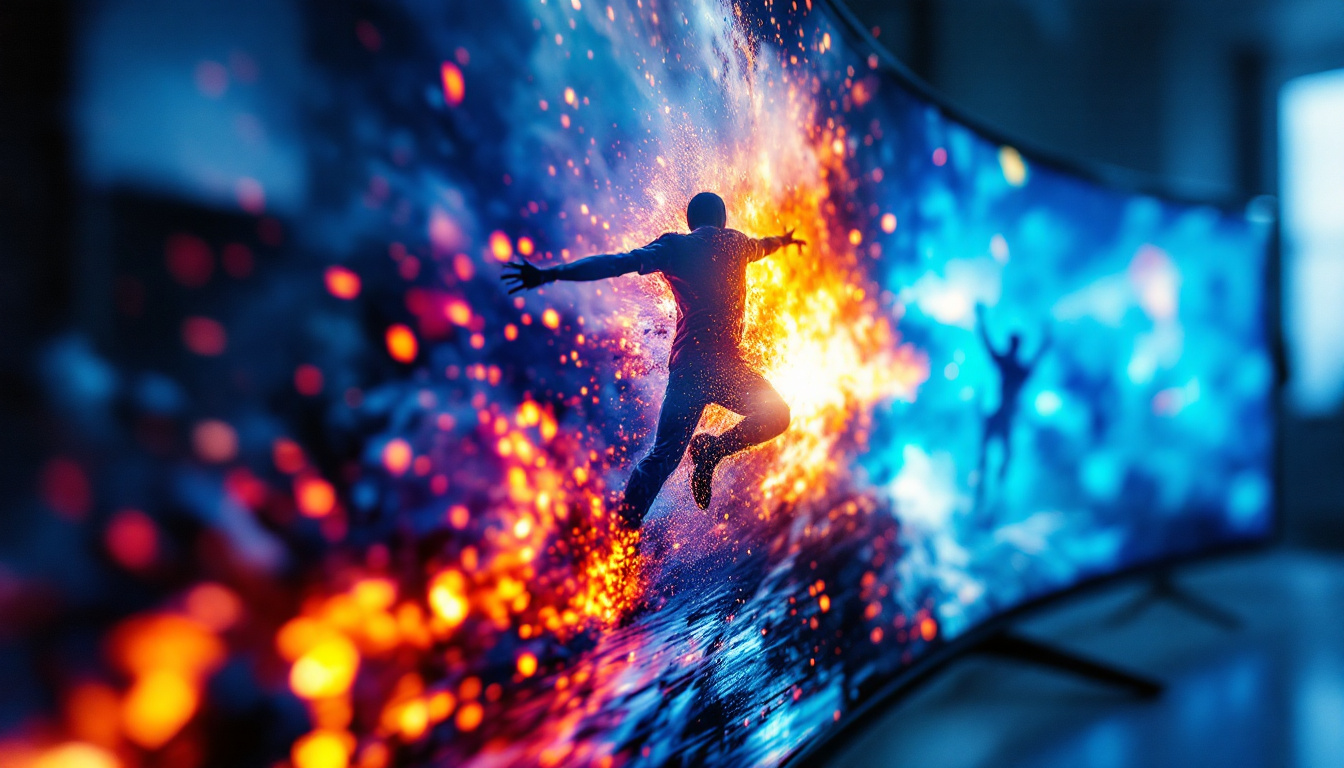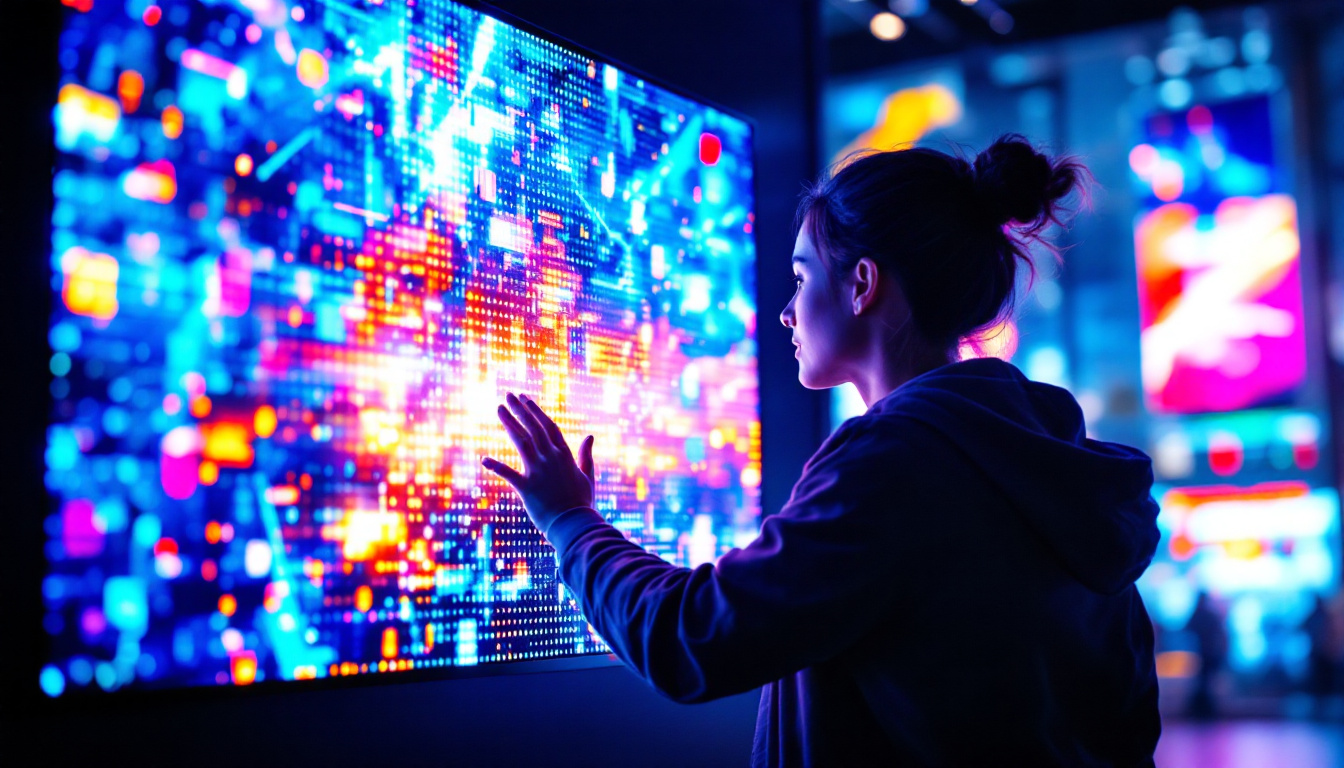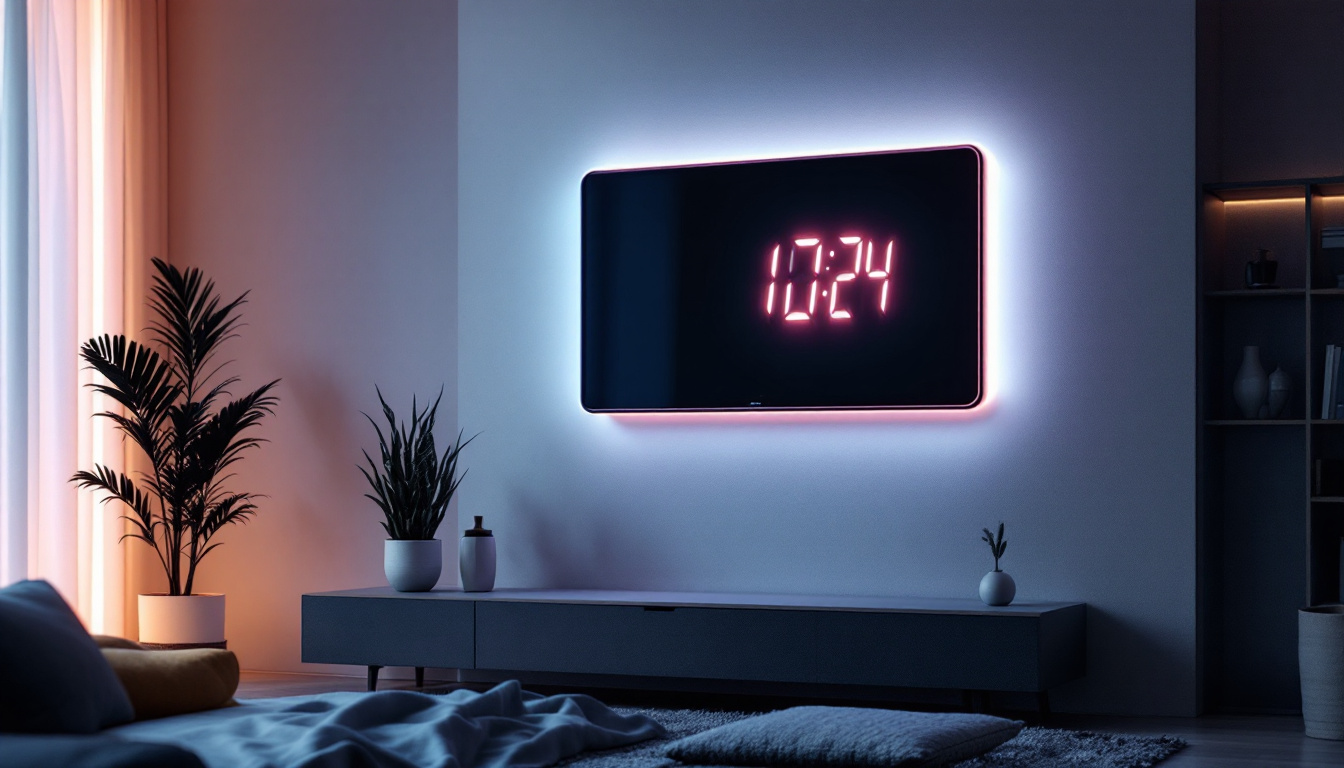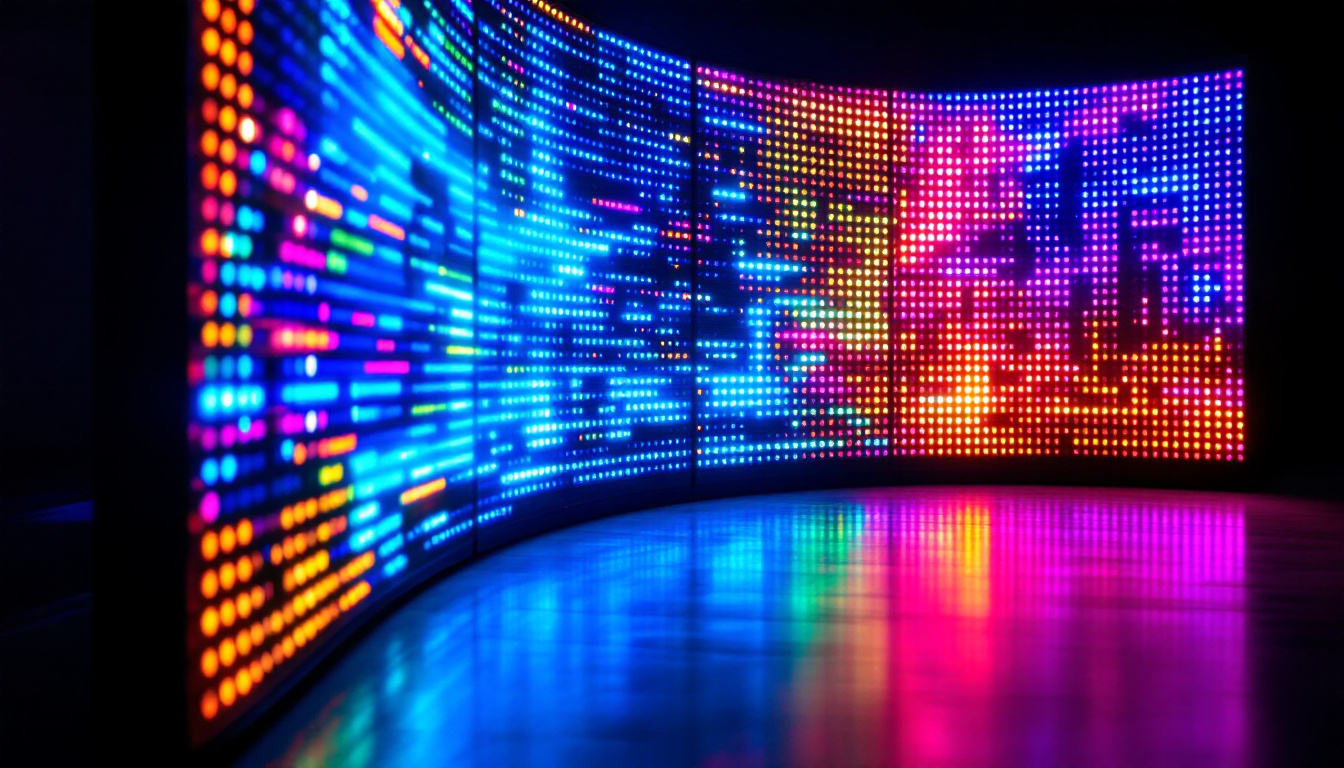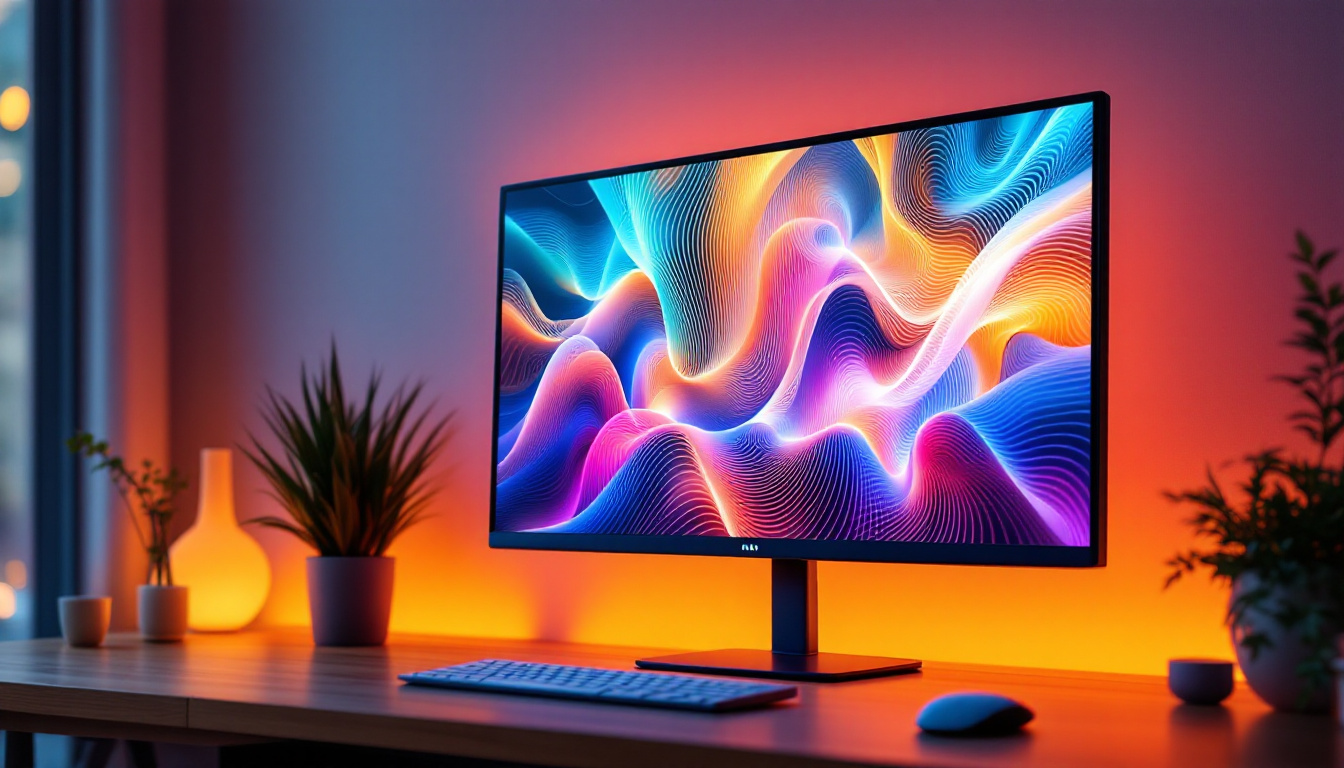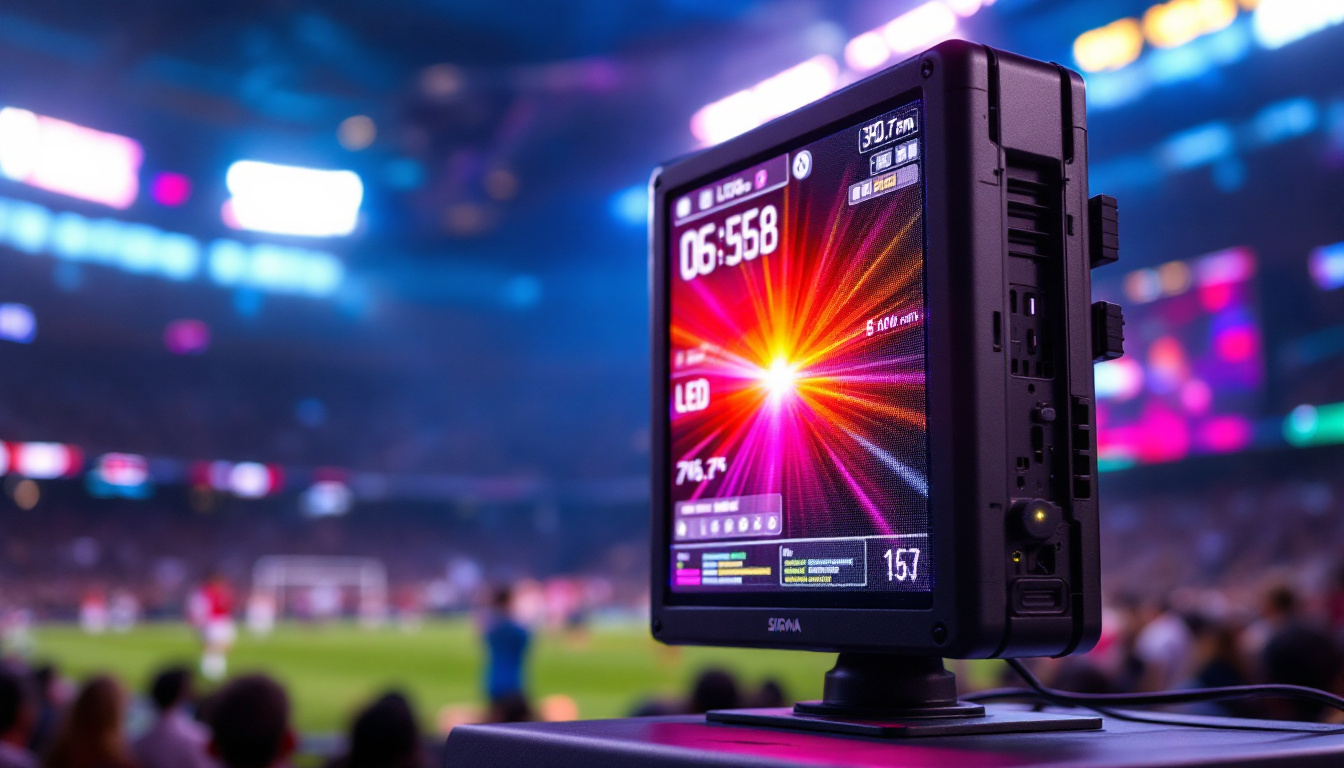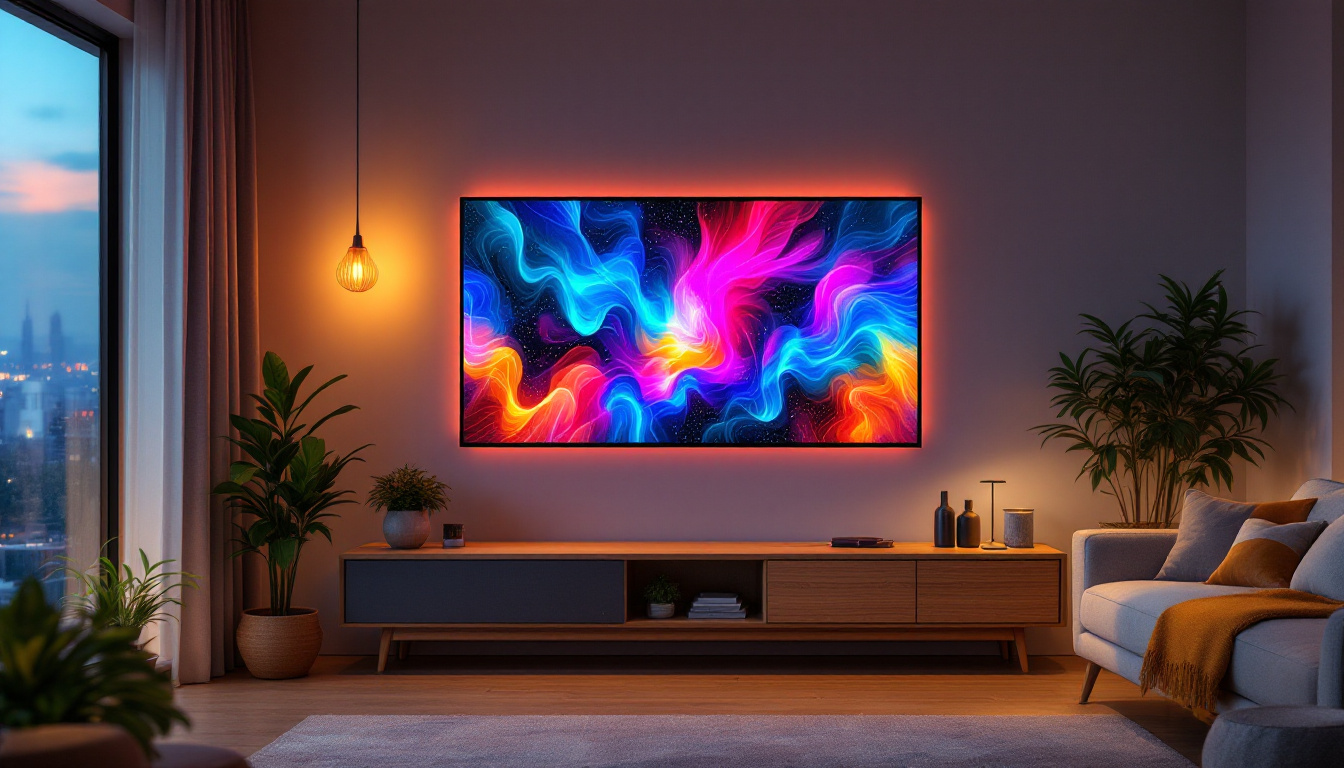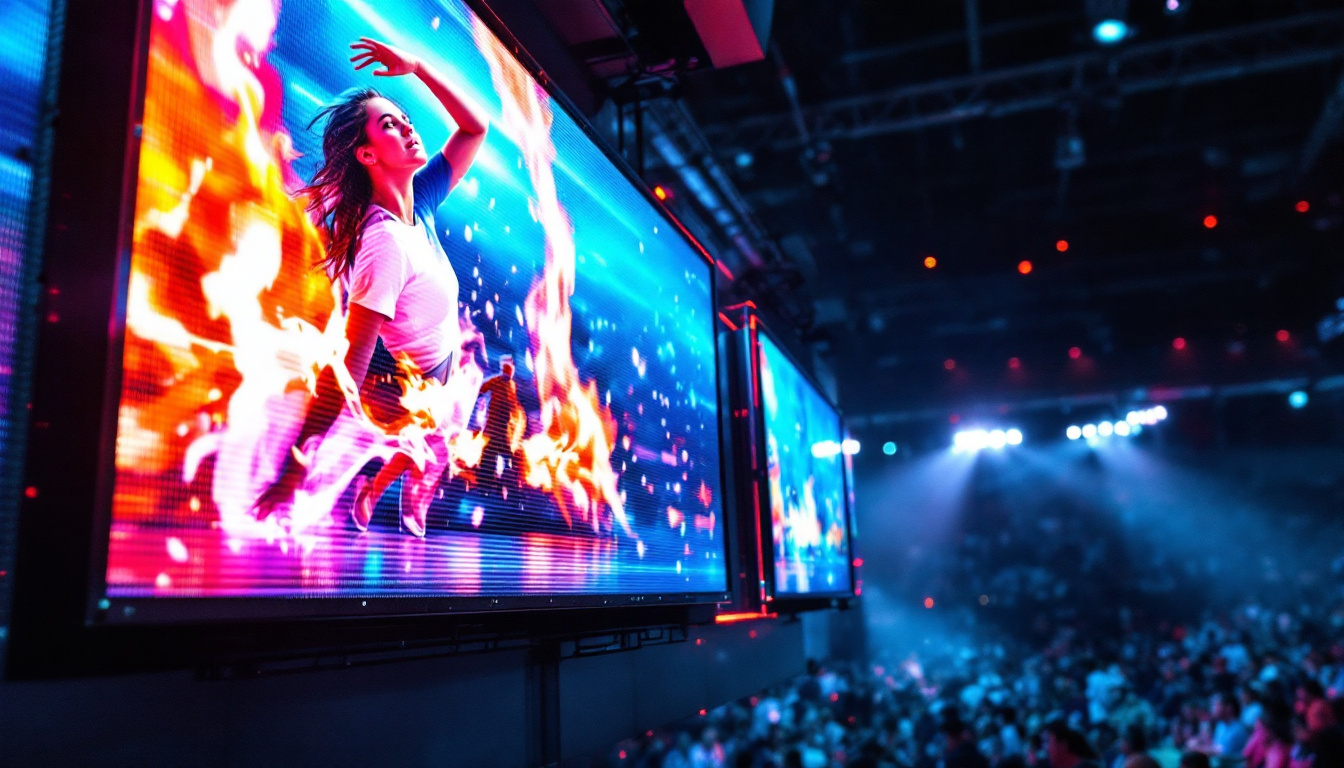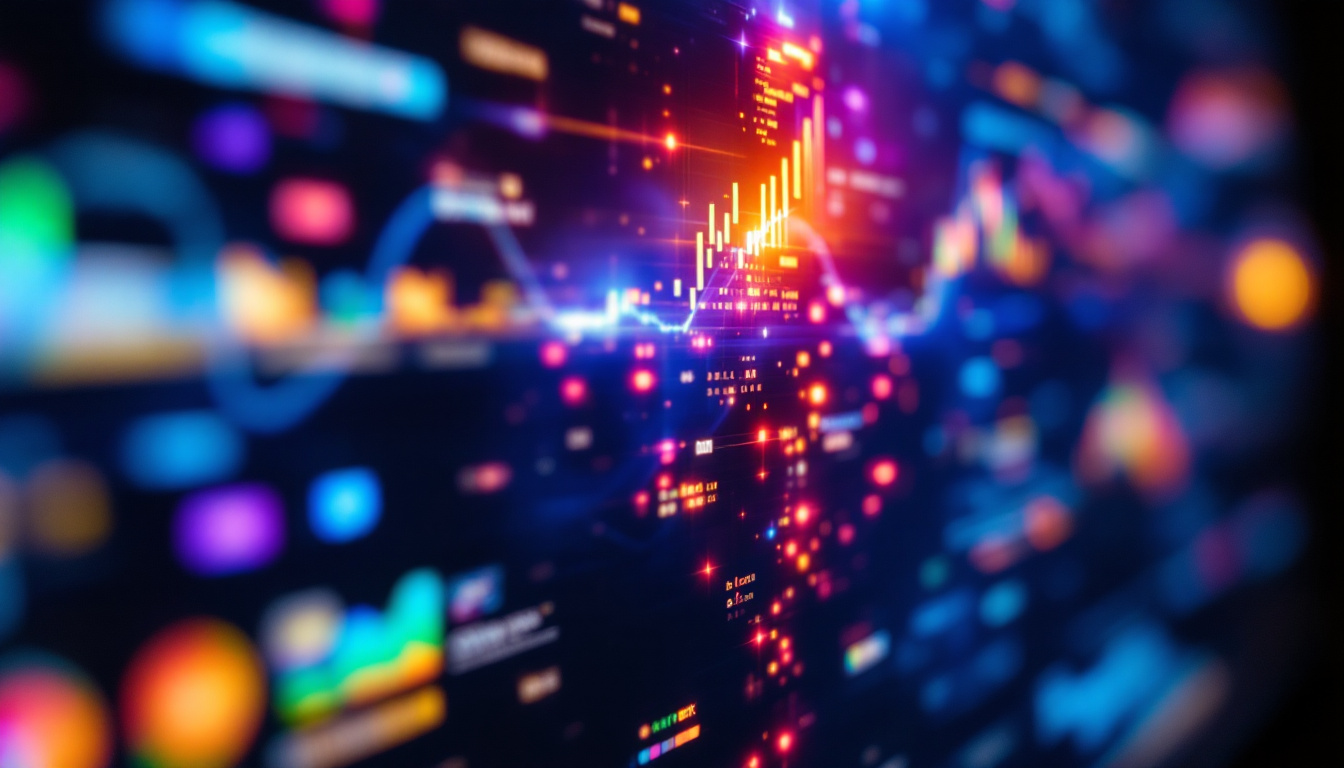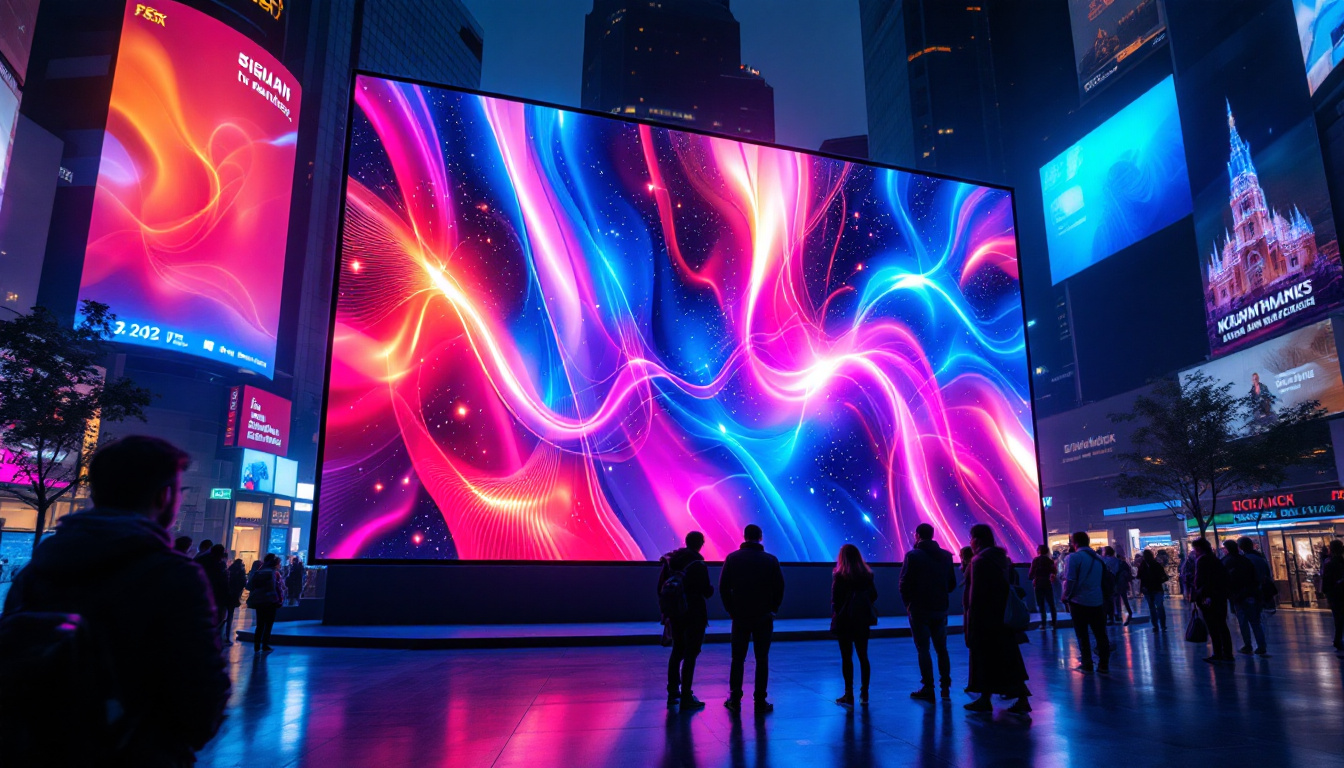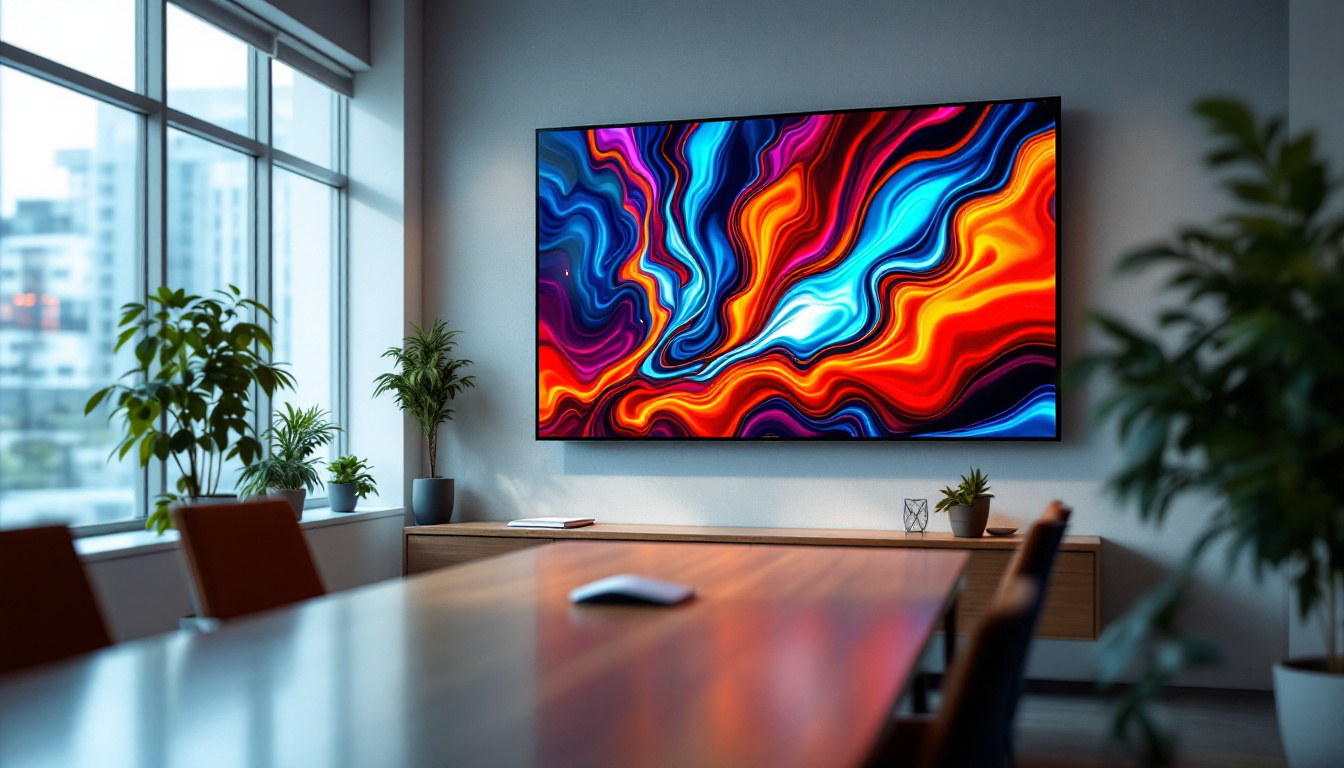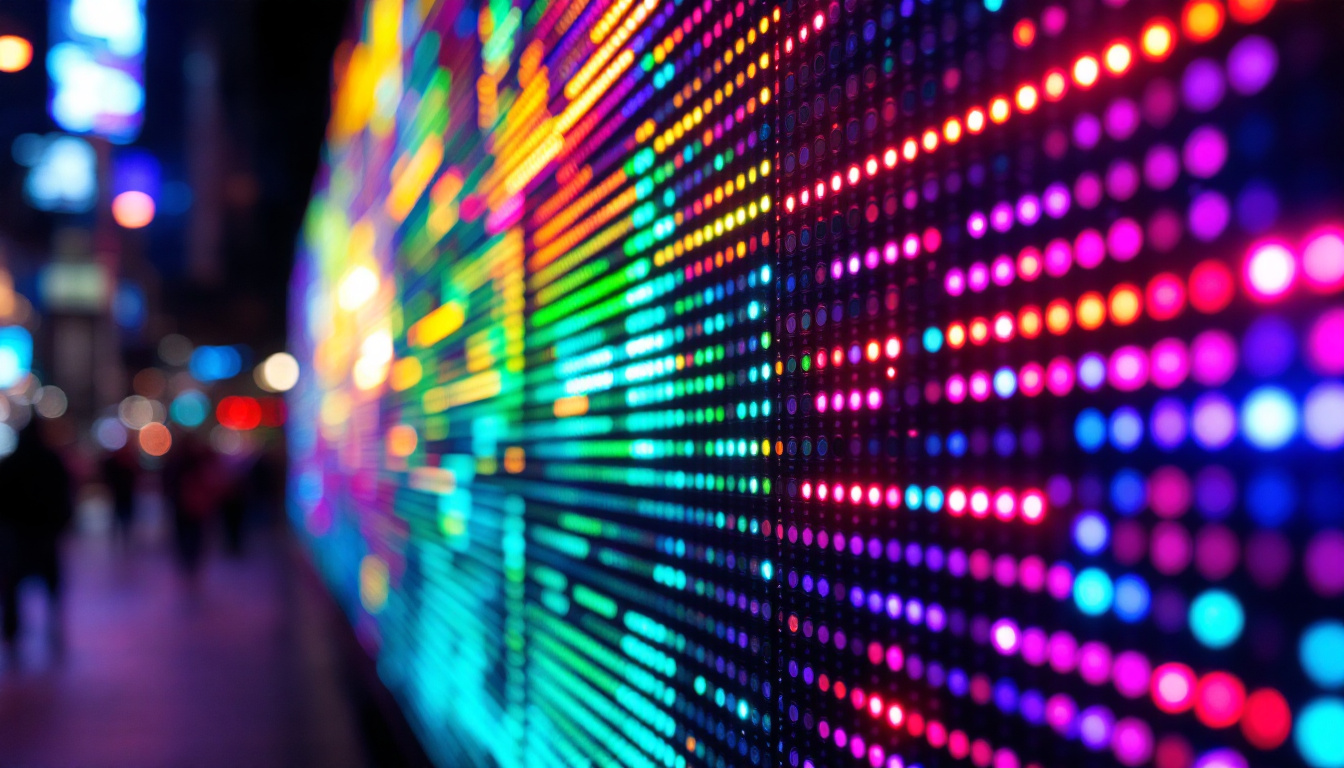In the ever-evolving world of television technology, LED displays have emerged as a cornerstone of modern viewing experiences. The Mm TV Show has taken a deep dive into this fascinating topic, exploring the intricacies of LED technology and its implications for both consumers and the industry. This article will break down the essential components of LED displays, their advantages, and how they have transformed the way we consume visual media.
Understanding LED Technology
Light Emitting Diodes (LEDs) are semiconductor devices that emit light when an electric current passes through them. This technology has revolutionized the display industry by offering brighter, more energy-efficient, and longer-lasting options compared to traditional display technologies like LCD and plasma. The Mm TV Show delves into how these tiny components work together to create stunning visual experiences.
The Basics of LED Functionality
At the core of LED technology is the principle of electroluminescence. When a voltage is applied to a diode, electrons are excited and release energy in the form of light. This process is highly efficient, allowing for lower power consumption and reduced heat generation. The Mm TV Show highlights how this efficiency not only benefits consumers through lower electricity bills but also contributes to a more sustainable environment. Moreover, the longevity of LEDs—often lasting tens of thousands of hours—means less frequent replacements, which further reduces waste and the environmental impact associated with manufacturing and disposing of lighting products.
LEDs can be arranged in various configurations to create different types of displays. The most common types include direct-lit, edge-lit, and OLED (Organic LED) displays. Each type has its own unique characteristics, which can significantly affect the quality of the viewing experience. For instance, direct-lit displays are often favored for their superior brightness and color accuracy, making them suitable for environments with high ambient light. In contrast, edge-lit displays, while more aesthetically pleasing due to their slim profiles, may require careful calibration to achieve optimal performance in darker settings.
Types of LED Displays
Understanding the different types of LED displays is crucial for consumers looking to make informed purchasing decisions. The Mm TV Show categorizes these displays into three main types:
- Direct-lit LED: In this configuration, LEDs are placed directly behind the screen. This setup allows for uniform brightness across the entire display, making it ideal for bright environments. Additionally, direct-lit LED displays often come equipped with local dimming features, enhancing contrast ratios by selectively dimming sections of the screen during darker scenes.
- Edge-lit LED: Here, LEDs are positioned along the edges of the screen. This design is thinner and lighter than direct-lit displays but can sometimes result in uneven brightness, especially in darker scenes. However, advancements in technology have led to improved diffusion techniques that help mitigate these issues, providing a more balanced viewing experience.
- OLED: Unlike traditional LEDs, OLED displays use organic compounds that emit light when electrified. This technology allows for deeper blacks and more vibrant colors, making it a favorite among filmmakers and gamers alike. Furthermore, OLED displays boast wide viewing angles, meaning that colors remain consistent even when viewed from the side, enhancing the overall immersive experience.
The Advantages of LED Displays
LED displays offer a multitude of advantages that have made them the preferred choice for consumers and professionals alike. The Mm TV Show emphasizes these benefits, which range from superior image quality to enhanced energy efficiency.
Image Quality and Color Accuracy
One of the standout features of LED displays is their exceptional image quality. With higher contrast ratios and better color accuracy, LED screens can reproduce images that are more vivid and lifelike. The Mm TV Show showcases how advancements in LED technology have allowed for improved color calibration, resulting in displays that can accurately represent a wider gamut of colors.
Additionally, LED displays have faster response times compared to their LCD counterparts. This is particularly beneficial for fast-paced content, such as sports or action films, where motion blur can detract from the viewing experience. The clarity and sharpness provided by LED technology enhance the overall enjoyment of visual media.
Energy Efficiency and Longevity
Another significant advantage of LED displays is their energy efficiency. Compared to traditional display technologies, LEDs consume considerably less power, making them an environmentally friendly option. The Mm TV Show discusses how this efficiency translates to lower energy bills for consumers and reduced carbon footprints for manufacturers.
Moreover, LED displays have a longer lifespan than traditional displays. While an average LCD screen may last around 60,000 hours, LED displays can last up to 100,000 hours or more. This longevity not only benefits consumers by reducing the frequency of replacements but also contributes to less electronic waste in landfills.
Applications of LED Displays
LED technology is not limited to televisions; it has found applications across various sectors, including advertising, entertainment, and even healthcare. The Mm TV Show explores these diverse uses, highlighting how LED displays have become integral to modern society.
Advertising and Digital Signage
In the realm of advertising, LED displays have transformed the way brands communicate with consumers. Digital billboards and signage utilize high-resolution LED technology to capture attention and convey messages effectively. The Mm TV Show features examples of innovative advertising campaigns that have leveraged LED displays to create immersive experiences.
These displays can be updated in real-time, allowing for dynamic content that can be tailored to specific audiences or events. This flexibility is a game-changer for marketers, enabling them to engage with consumers in ways that traditional static advertisements cannot.
Entertainment and Events
LED technology has also made significant inroads into the entertainment industry. Concerts, festivals, and live events often utilize large LED screens to enhance the audience experience. The Mm TV Show highlights how these displays can create stunning visual backdrops, allowing for a more immersive atmosphere.
Furthermore, LED walls are increasingly being used in film production and broadcasting. Their ability to provide high-quality visuals in various lighting conditions makes them an invaluable tool for filmmakers and content creators.
Healthcare and Education
Beyond entertainment and advertising, LED displays have applications in healthcare and education. In medical settings, LED screens are used for patient monitoring, displaying critical information in real-time. The Mm TV Show illustrates how these displays can improve patient care and enhance communication among healthcare professionals.
In educational institutions, LED displays are becoming a staple in classrooms. They facilitate interactive learning experiences, making lessons more engaging for students. The clarity and brightness of LED technology ensure that information is easily visible, even in well-lit environments.
Challenges and Considerations
While LED displays offer numerous advantages, they are not without challenges. The Mm TV Show addresses some of the potential drawbacks and considerations that consumers should keep in mind when investing in LED technology.
Cost Implications
One of the primary considerations when purchasing an LED display is the initial cost. Although prices have decreased over the years, high-quality LED displays can still be more expensive than traditional LCD options. The Mm TV Show emphasizes the importance of evaluating long-term benefits versus upfront costs when making a decision.
Additionally, consumers should consider the type of content they will be viewing. For those who primarily watch standard-definition content, the investment in a high-end LED display may not yield significant benefits. Understanding individual viewing habits can help consumers make more informed choices.
Potential Burn-In Issues
Another challenge associated with LED technology, particularly OLED displays, is the risk of burn-in. This phenomenon occurs when static images are displayed for extended periods, leading to permanent ghost images on the screen. The Mm TV Show advises consumers to be mindful of their viewing habits and consider using screen savers or varying content to mitigate this risk.
The Future of LED Displays
The future of LED display technology looks promising, with ongoing research and development paving the way for even more advanced features. The Mm TV Show explores the trends and innovations that are shaping the future of this technology.
MicroLED Technology
One of the most exciting developments in the LED space is MicroLED technology. This cutting-edge innovation involves using microscopic LEDs to create displays that offer even greater brightness, contrast, and color accuracy. The Mm TV Show discusses how MicroLED displays could redefine the viewing experience, providing consumers with unparalleled image quality.
MicroLED technology also has the potential to eliminate issues like burn-in, making it a more durable option for long-term use. As manufacturers continue to invest in this technology, consumers can expect to see more MicroLED products entering the market in the coming years.
Integration with Smart Technology
Another trend shaping the future of LED displays is their integration with smart technology. As homes become increasingly connected, LED displays are evolving to include features like voice control, app integration, and smart home compatibility. The Mm TV Show highlights how these advancements are enhancing user experiences, making it easier than ever to access content and control devices.
This integration not only improves convenience but also opens up new possibilities for interactive content and personalized viewing experiences. As technology continues to advance, the potential for LED displays will only grow.
Conclusion
LED displays have fundamentally changed the way consumers experience visual media, offering superior image quality, energy efficiency, and versatility across various applications. The Mm TV Show has provided valuable insights into the workings of LED technology and its implications for the future of entertainment, advertising, and beyond.
As advancements continue to emerge, consumers and industry professionals alike can look forward to a future where LED displays play an even more significant role in shaping our visual experiences. Understanding the benefits, challenges, and future trends of LED technology will empower consumers to make informed decisions, ensuring that they can fully enjoy the remarkable possibilities that LED displays offer.
Explore the Future of Visual Experiences with LumenMatrix
Ready to elevate your visual media experience with the latest in LED display technology? Discover LumenMatrix’s innovative solutions, from Indoor and Outdoor LED Wall Displays to specialized options like Vehicle, Sports, and Floor LED Displays. Whether you’re looking to enhance brand visibility or create immersive environments, LumenMatrix’s state-of-the-art LED modules are designed to captivate and engage. Embrace the future of visual communication and check out LumenMatrix LED Display Solutions today to see how they can transform your space with clarity and impact.

